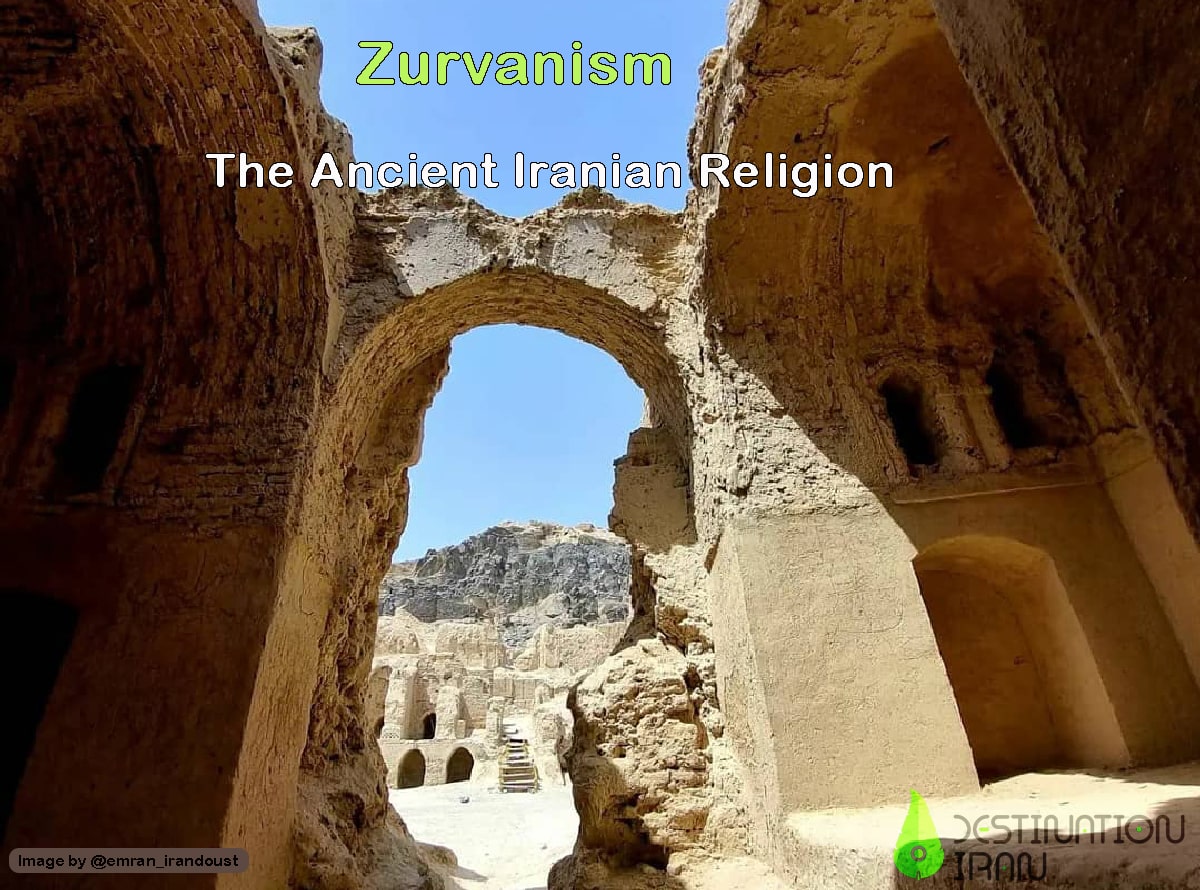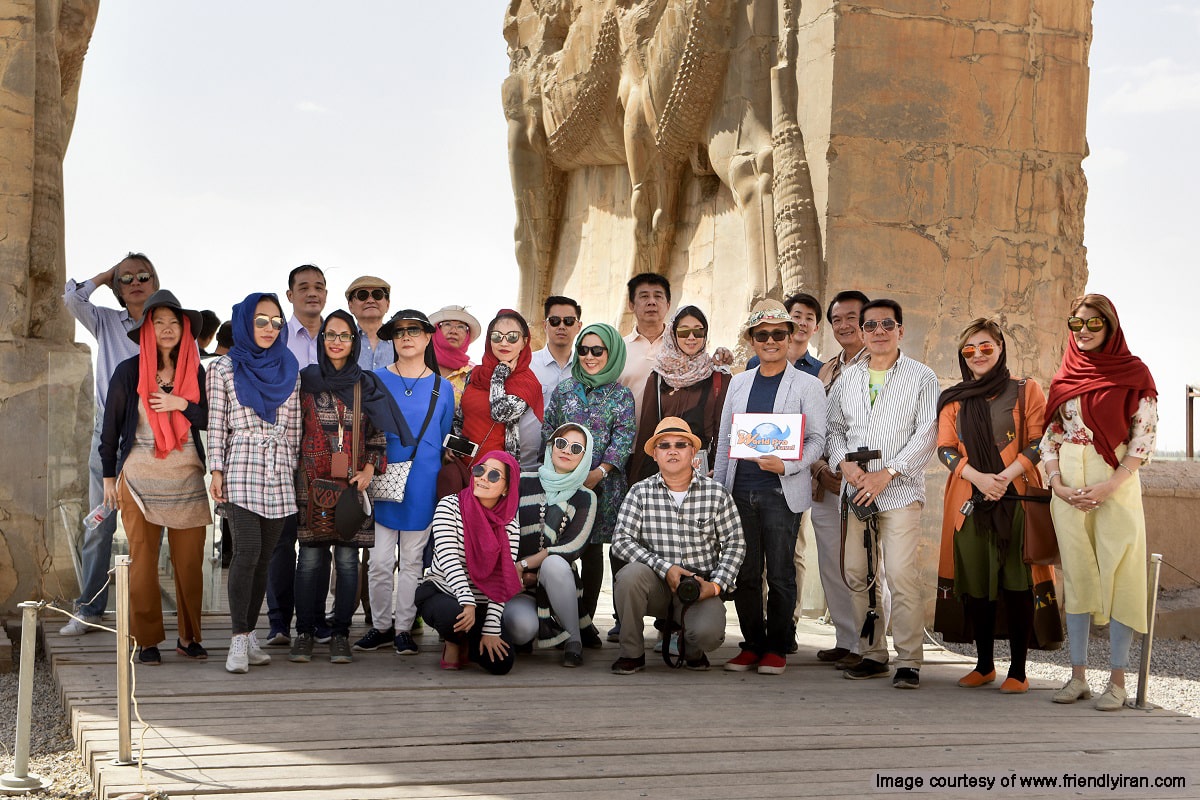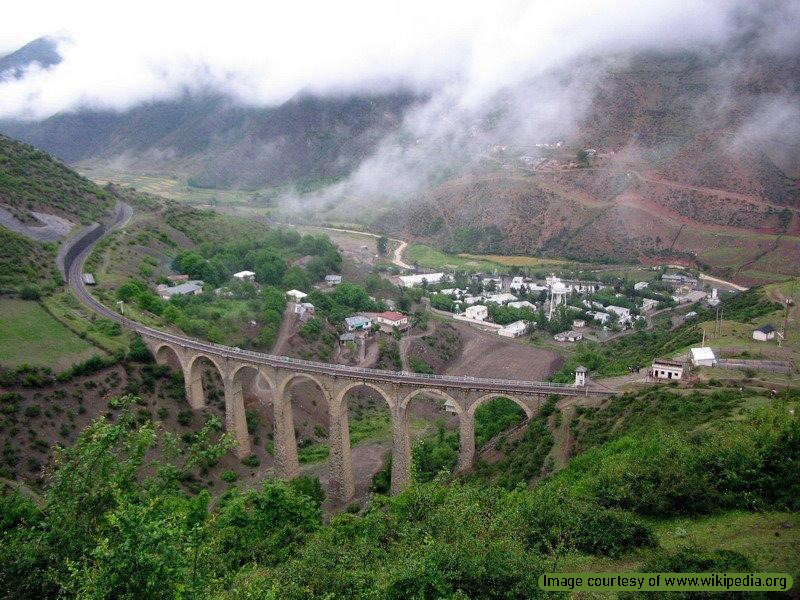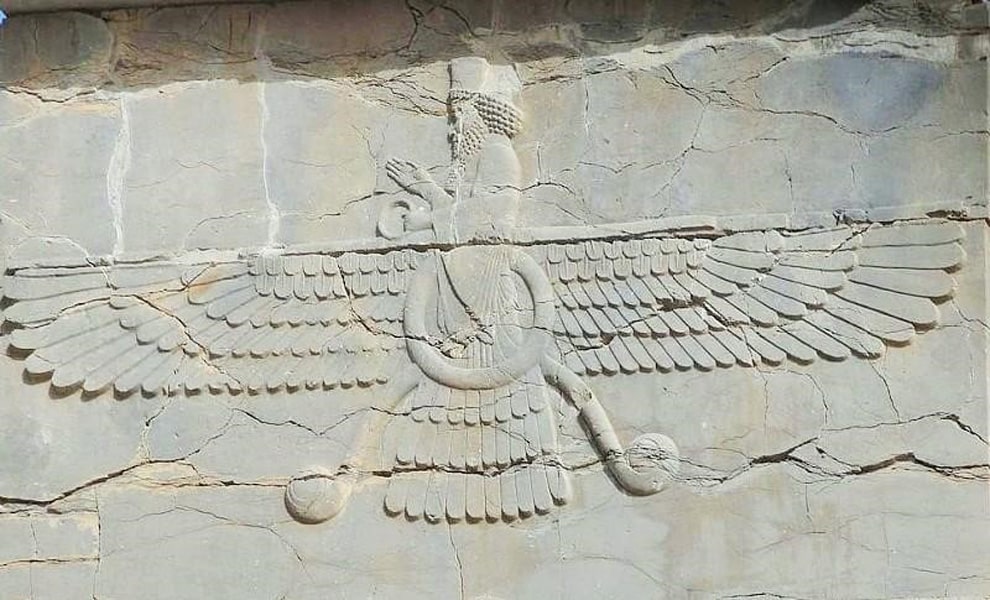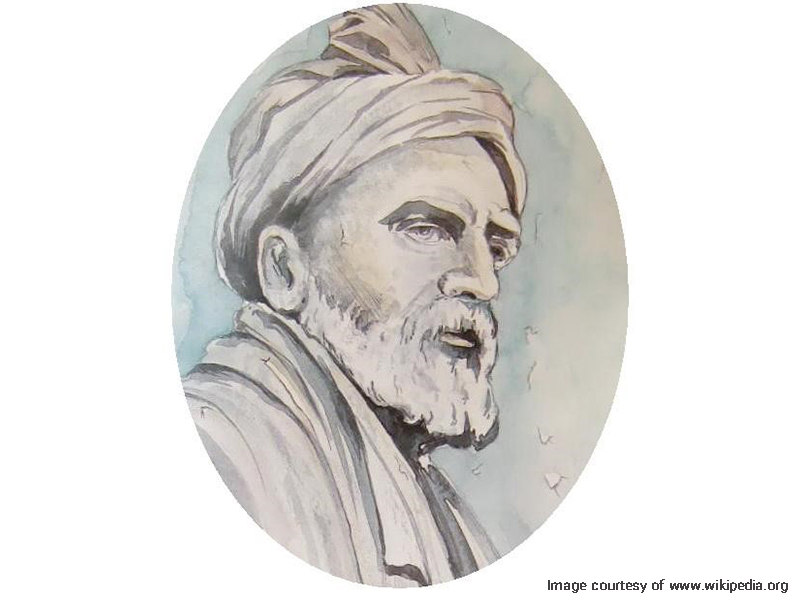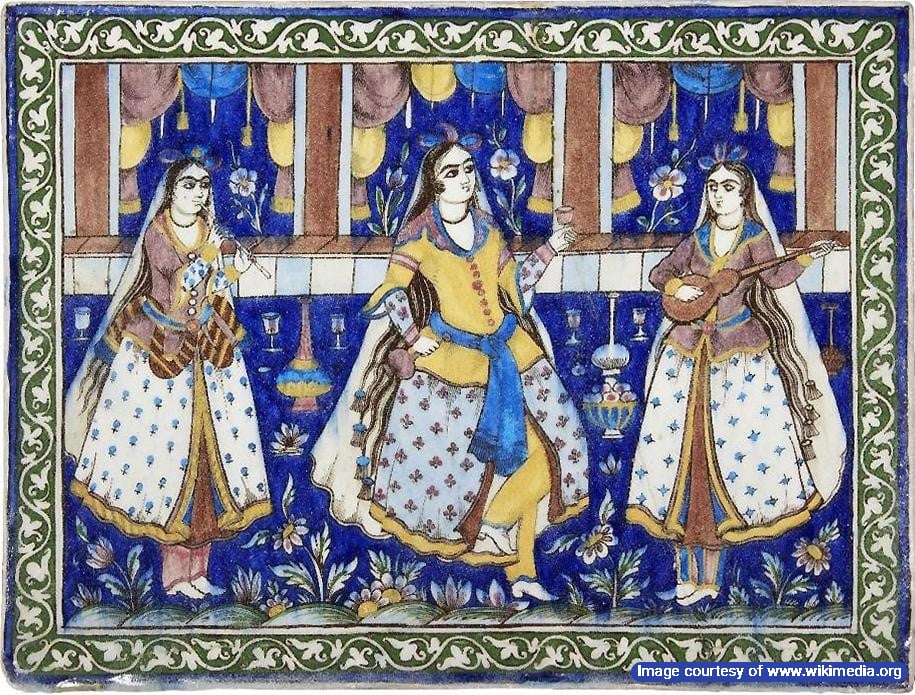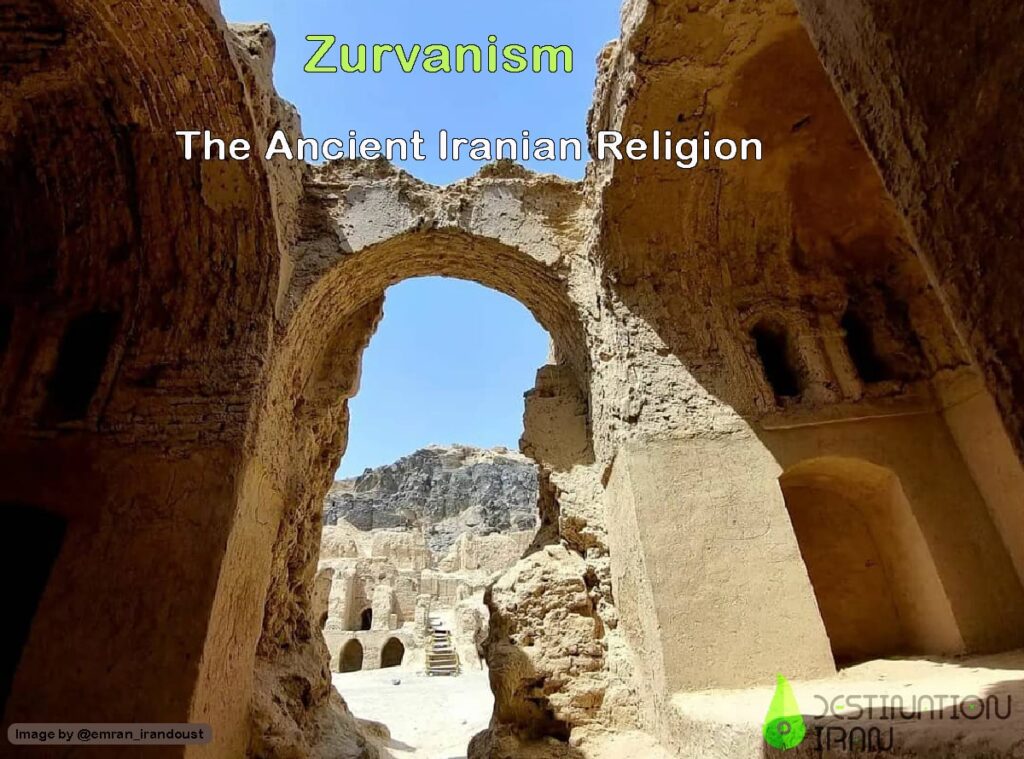
Zurvanism is an ancient Iranian religion derived from Zoroastrianism beliefs (Mazdayasna). It is a monotheistic religion. The main focus of this religion is on Zurvan, the god of Zurvan (Time). This religion gained the most popularity in the Sassanid era, the twin gods Ahura Mazda and Ahriman (Angra Mainyu) were created by the eternal deity of Zurvanism.
According to historical documents, Zurvanism is a branch of the greater Zoroastrian religion but left due to the creation of divisions in the Zoroastrian religion. It is worth mentioning that, although Zurvanism was derived from Zoroastrian beliefs, it is not considered a Zoroastrian religion and is one of the Iranian religions.
According to Middle Persian texts, Zurvan, the god of time, prayed to have a son like Ahura Mazda to create the world when there was nothing in existence. In some of these texts, Zurvan is considered superior to Ahura Mazda, while in the Gatha (ancient Zoroastrian hymns), Zurvan does not have such a position.
What Does Zurvan Mean?
The word Zurvan or Zarvan is derived from the Avestan word (Zruuan), meaning “time”.
History of Zurvanism Religion
The history of this ancient Iranian religion is shrouded in ambiguity. In the Babylonian inscriptions from the 15th century BC, there are mentions of a deity named “Zurvan”. Also, in the book of Avesta, there is a brief discussion about this god.
Nevertheless, some researchers and historians, such as “Hooshang Doulatabadi”, have provided interesting results in their research about Zurvanism. In his book “Footprints of Zurvan”, He states that “fatalism” is a distinct feature and the main principle in this religion. He believes that the religion of Zurvan is very similar to Hinduism in this regard.
For this reason, he attributes Zurvanism’s origin to the first Indo-Aryan tribes living in Central Asia. According to Dolatabadi, since people often hold their religious beliefs when they migrate, this religion made its way to Sistan.
Initially, Historians believed Zurvanism was a religious innovation created in the Sassanid period and had little historical importance. After the discovery of Manichaeism manuscripts found in Central Asia, it has become a point of interest to historians and archaeologists.
Based on these findings, it is clear that in Manichaeism, following Zurvanite beliefs, the god of time or Zurvan is considered the “creator of the universe” and the “father of Ahura Mazda”
Who is Zurvan?
Zurvan is considered the god of time or the eternal god, described by the titles “Zaman Akraneh” (infinite time) and “Zaman Derang Khoday” (god of time). Based on this description, this deity has no beginning and end and is an eternal being.
In addition, this infinite time is the source of finite time with a beginning and an end. In Mithraism, the belief in the god of time manifested in the form of a creature with a lion’s head and a snake wrapped around its body.
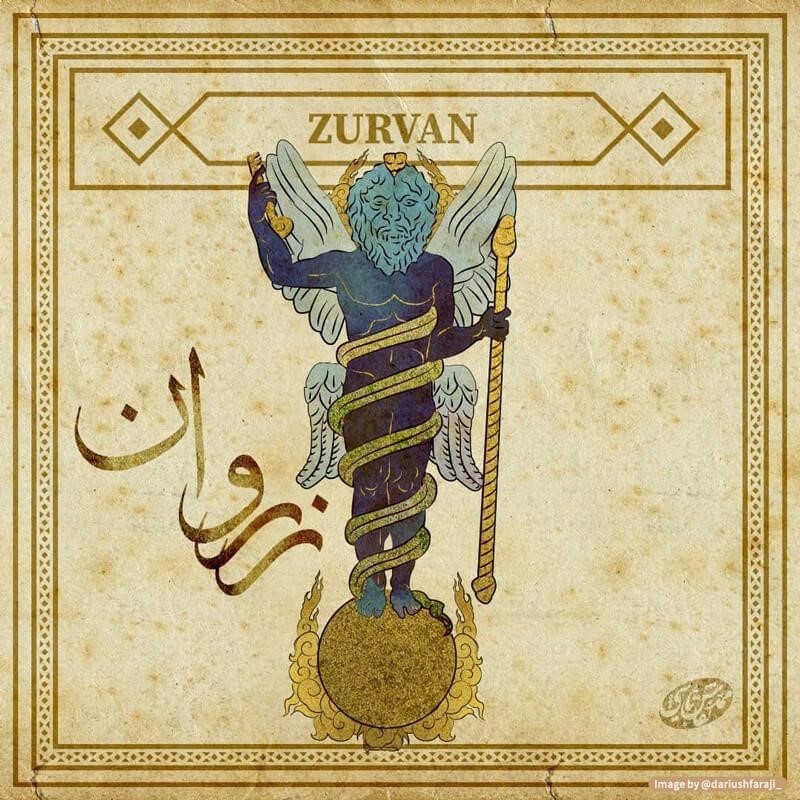
Origins of Zurvanism
Documents related to this ancient faith mostly date to the Sassanid era. Nevertheless, there are Babylonian tablets that point to the existence of this oral tradition more than 12 thousand years ago. This ancient ritual, which is not considered a proselytizing ritual (encouraging its followers to promote it to others), was spread to others through “blood” and “fire” to descendants of Zurvanites.
It can be said that the legend of Zurvan is a prelude to the myth of creation. Dr. Hooshang Doulatabadi says the following about the Zurvanite story of creation:
“When there was nothing, neither the sky nor the earth, there was a being called Zurvan and was also called “Bakht” (Fortune) and “Far” (Essence). Despite all his power, Zurvan had not created anything to be deemed the creator. He wanted to have a son to create the universe and for this reason, he prayed so that the seed of Ormuzd (Ahura Mazda) would grow in his body and this child would be born after a thousand years.
After 700 years, Zurvan had a moment of doubt and from this doubt, Angra Mainyu’s seed grew in his body. He made a vow to himself that the first child that would appear to his eyes, would have dominion over the kingdom of the world. Upon learning of his father’s vow, Angra Mainyu tore his stomach and stood in front of Zurvan before Ormuzd.
Zurvanism’s Influence on Greek Culture
The Greeks thought that “belief in infinite time” belonged to Zoroastrianism and its priests. The Greeks accepted this belief to the extent that it influenced their own beliefs about eternal time (before the creation of the world).
Zurvanism and Zoroastrianism (Mazdayasna)
Zoroastrian priests were aware of the fierce competition between this religion and Mazdyasna even before the Sassanid rule. For this reason, to prevent Zurvanite religious beliefs from spreading, they strongly advertised against it.
In legends related to the Zurvanism, the following are stated:
- First, there was the god of Zurvan, who is considered a void deity.
- Then, Angra Mainyu (god of darkness and death), Mithra (god of mediation and covenants), and Ahura Mazda (god of the universe) were created.
- Therefore, the light sky or the day came under the control of Ahura Mazda, and the night sky and darkness became the dominion of Angra Mainyu.
In Mazdayasna, the two heretic innovations considered bad faith, which originated from Zurvanism, are condemned in full detail and with absolute clarity:
- The first heresy is the notion of the similarity and equality of good and evil, which in Zoroastrianism are the two sources of the creation.
- The second heresy is fatalism, the belief in absolute predestination, which is essential in Zurvanite beliefs.
Zurvanism’s Influence on Other Religions
It is worth mentioning that in most religions, gods of time existed in a primitive form. In some of these religions, the gods of time were considered the gods of fate and death.
For example, the god of time held the highest rank in the Medes’ belief. Also, in Manichaeism, Zurvan is mentioned in the myth of creation and during the confrontation between Ahura Mazda and Angra Mainyu.
Zurvanism in the Sistan Region
There is a mountain called “Khajeh Mountain” or “Oshida” in the middle of Hamun Lake in Sistan. There is an ancient shrine belonging to the Zurvanism religion on top of this mountain, which is also a Muslim place of worship today. On the slopes of Mount Oshida, there are ancient buildings that belonged to the Parthian period and the reign of Surena the Zurvanite, the Parthian commander.
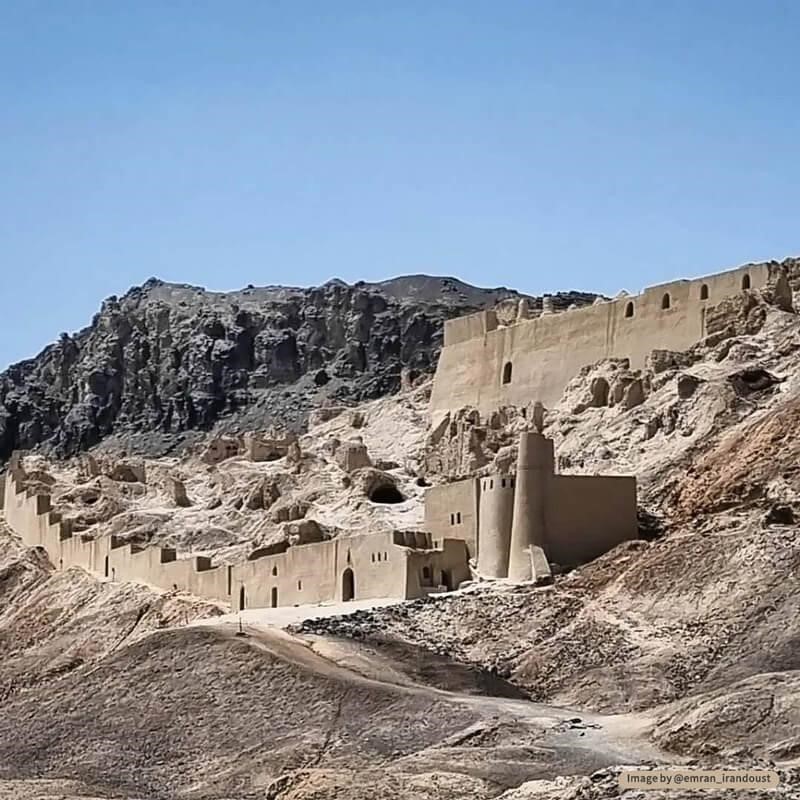
It is worth mentioning that Zurvanite followers lived in these houses and guarded an ancient fire that was several thousand years old. Also, the Zurvanites living in Sistan, used the “Tuten” plant, as the most abundant and available raw material, and built traditional boats and houses. Tuten is pronounced “Tutti” in the modern Sistan dialect, which is a type of mulberry plant with light and oily stems.
About a hundred years ago, the Zurvanites living in Sistan became a minority and changed their religion. Thus, due to the precious place of “Noor” (light) in Zurvanite beliefs, they named their family “Noori”.
Noori Tribe in Sistan Region
The Noori tribe is one of the most mysterious tribes and the oldest inhabitants of the Sistan region. For example, it is said that one of the members of the Noori tribe conspired with Tamerlane, the Mongol invader, to destroy the immigrant tribes.
For this purpose, he taught Timurlane to destroy the Sistan dam and in this way destroy the inhabitants. It is stated that he aimed to banish dishonesty from the region.
Other religious groups in the region consider them Satanists. For this reason, they have been subjected to genocide three times throughout history. The last genocide of the Noori tribe took place in 1959 in the Golkhani forest, where 60 of them were killed.
In 1970, some people of Sistan saw several people of the Nouri tribe praying to Angra Mainyu at night and killed them.
There are many branches in the Noori tribe. Families known as “Noorabad Mamasani” family, “Morad Nouri” family, etc., have recently converted to Islam. Today, some of them strongly condemn their previous belief for various reasons.
Zurvanisms in Iranian Epic Poems
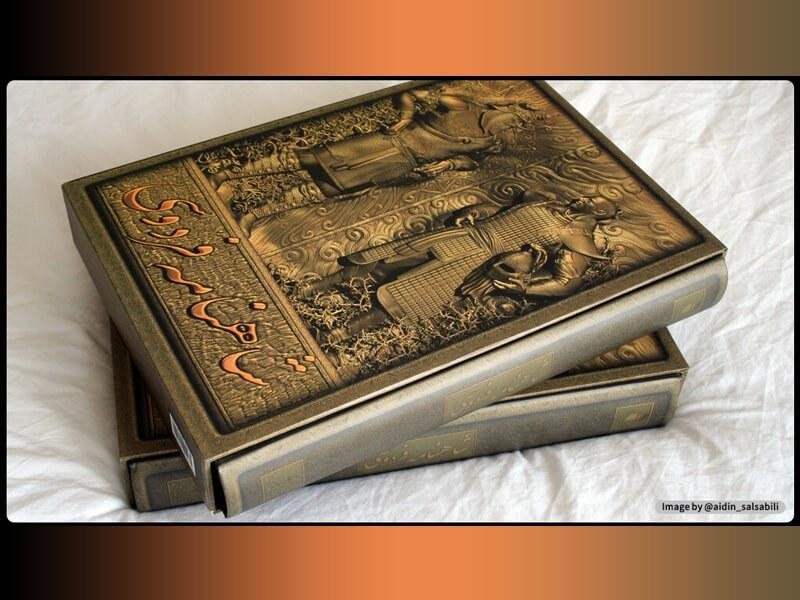
As mentioned earlier, Zurvan is the father of Ahuramazda (the source of good) and Angra Mainyu (the source of evil). This confrontation of good and evil has had an important place in Iranian epic poems.
In other words, epic poems describing ancient Iran have been a suitable place for mention of these ancient beliefs. Epic poem sources such as Ferdowsi’s Shahnameh and texts such as “Kush Nama” by Iranshah ibn Abu l-Khayr,in imitation of the Shahnameh.
Kush Nama
This book is a collection of epic poems by Iranshah ibn Abu l-Khayr who dedicated it to Malik-Shah I, the Seljuk king. In Kush Nama, this poet narrates the life of Kush’s son or Zahhak’s nephew. In this book, he also refers to ancient Iranian beliefs and traditions.
Common Beliefs of Ancient Iranian Religions
Most of the ancient Iranian religions share common beliefs, which we will mention below:
Belief in the god of time
In all ancient religions, the existence of the god of time is evident. Belief in a god of time has led to belief in predestination and fatalism and the belief in death.
Importance of Day and Night
The existence of day and night is considered proof of the existence of finite time. The time before the creation of day and night was also considered infinite time. For this reason, the distinction between day and night has been very important.
The Existence of Sepehr
In ancient religions, “Sephehr” has been regarded as the empyrean, a heavenly place where the fate of mankind is determined. In Zurvanism, it is believed that “Sepehr” holds control over human destiny. It is through Sepehr that Zurvan’s will is transferred to the earth.
Attention to the Stars
The Zurvanite rituals pay special attention to the stars. They considered the god Zurvan to be the creator of the stars. According to the Zurvanites, their god reveals his will through the stars. Also, stars affect human destiny.
Learn More About Ancient Iranian Religion and Culture
Based on historical evidence, Zurvanism has a long history in Iran, but today a very limited minority follow this ancient religion. It is worth mentioning that learning about ancient Iranian religions is an effective step toward understanding the historical context behind Iranian culture.
In this regard, Destination Iran aims to promote cultural heritage tourism and intangible cultural heritage in addition to promoting tangible cultural heritage. Therefore, we invite you to interact with the host community while traveling to different parts of Iran and get to know ancient Iranian religions and cultures.






